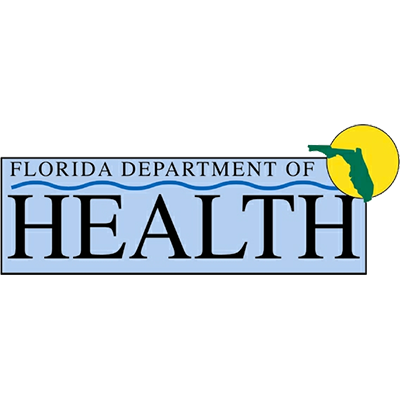Links to other resources: Residential Treatment, Detox
Today on the blog we will have a short book review and discussion about teaching young people about the addiction epidemic. When I was a young person in the late 1990s, the addiction epidemic was already raging, but with less overall deaths from overdose, because of the absence of widespread fentanyl use. At my school we were not taught about sex or drug addiction in a serious manner. Our overtly sexist gym teacher oversaw sex education, for whatever reason, and it’s terrible to look back on. For drug education we had the DARE program, which was, at least, a more serious attempt at teaching us important things about drugs. However, we were taught drug education without the involvement of an expert of any kind. The program was taught by a police officer.
Old Ways of Teaching Kids About Drugs
Police usually fall into two camps regarding drug addiction. Many police officers are helpful and eager to learn more about addiction, because they see how often their jobs involve dealing with people in crises related to substance use disorder. The Bay County Sheriff Department has been proactive and helpful regarding substance abuse treatment in Panama City, as one example of this positive attitude. Other police officers seem more jaded about substance use disorder or see addiction as a moral failing rather than a disease and can be unhelpful in situations involving substance use disorder, to the point of escalating some situations. Regardless of whether a specific officer has positive or negative feelings regarding addiction, serious scientific education about mental illness and substance use disorder is simply not something that police officers are asked to complete. Therefore, when drug education in schools was handed over to mostly young patrol officers, that was a mistake on the part of program designers. It was indicative of a larger failing in our society wherein some mental health disorders were seen as law enforcement’s purview, rather than the purview of the health care system. Although things are very far from perfect, and some states still have problematic methods of teaching substance abuse education in schools, things have gotten better overall. That is largely due to the work of people like Stephanie Lundquist-Arora. There are much better books and educational tools available to schools and teachers today.
A Problem of Epidemic Proportions
Lundquist-Arora’s 2021 book is called Addiction: A Problem of Epidemic Proportions, and I like everything about the way this book talks to young people about addiction. When I went through the DARE program, children were given bad information. Even though kids might not always know the correct answers on a given topic, kids are good at sniffing out a lack of credibility. It is always best to shoot straight with kids, in an age-appropriate manner, and that is what Lundquist-Arora has done with this book. In Chapter 1 she explains to young people what addiction is.
“Addiction is an overwhelming desire (or an irresistible, persistent impulse) to engage in a particular activity or use a specific substance despite its destructive effects. Not doing these things can make the addicted person anxious or sick, and usually that person is unable to stop without help.” – Chapter 1
In her section on crime and punishment, she gives many important statistics on the high number of addicts that end up committing crimes and being put into jails and prisons. She also touches on the high recidivism rate for these people, and the lack actual treatment inside the American prison industrial complex,
“Addicts who end up in prison often find themselves trapped in a cycle of crime and substance abuse. Natalie Baker was driving drunk when she caused a car accident that injured two people. She spent four years in the Florida state penitentiary. Baker says she found that the prison system is meant to punish individuals rather than to rehabilitate them. In a 2019 article for Recovery.org, she writes, “Behind bars, rehabilitation is virtually non- existent. Substance abuse is largely ignored, and the root causes of addiction are never addressed.”
With the drug and alcohol addiction epidemic having grown completely out of control, and killing over 90,000 people a year, it is more important than ever that all American citizens have a baseline understanding of substance use disorder. We can eliminate some of the stigmatization of mental illness by properly educating young people about different forms of disease, including addiction disease. If we make the same mistakes that we have made in the past, this problem won’t simply remain as bad as it currently is, it will continue to grow at unprecedented levels. Books like this one play an important role in informing the leaders of tomorrow.
By T.A. Cannon




